Our Organic Saffron is a gem among others. Saffron is a spice with a strong fragrance and distinctive color. The spice is also rich in antioxidants, which may have many health benefits. It is cultivated chiefly in Iran.
Organic Saffron: The Golden Spice with a Rich History and Culinary Delights
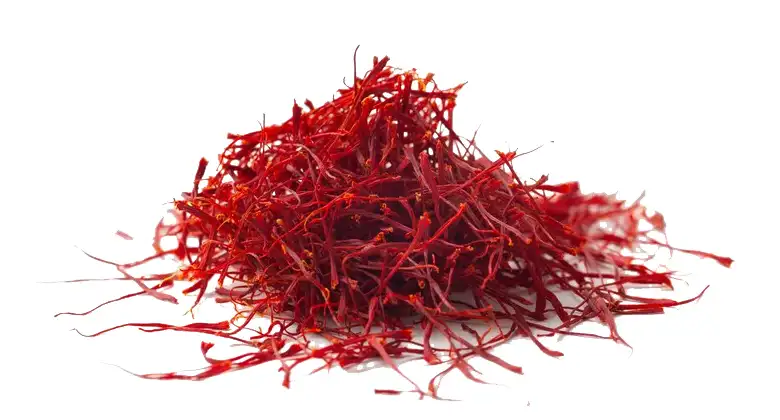
In the realm of culinary treasures, saffron stands out as a precious gem, a spice of unparalleled aroma, flavor, and color. Often referred to as “red gold,” saffron is the dried stigmas of the Crocus sativus flower, a member of the iris family. Its cultivation is intricate and time-consuming, making it one of the most expensive spices in the world.
Tracing the Origins of Saffron
The history of saffron is as captivating as its flavor. Its cultivation is believed to have originated in the Middle East, with evidence of its use dating back to ancient civilizations. From there, it spread to various regions, including Iran, Greece, Rome, and China, where it was prized for its medicinal and culinary properties.
The Intricate Cultivation of Saffron
The cultivation of saffron is a delicate and labor-intensive process. Each Crocus sativus flower produces only three stigmas, which must be hand-harvested before they wilt. This painstaking process results in a minuscule yield, contributing to saffron’s high cost.
Culinary Delights: Saffron’s Unparalleled Flavor and Aroma
Saffron’s culinary applications are as diverse as its history. Its delicate aroma, with hints of honey, floral notes, and subtle metallic undertones, elevates a wide range of dishes. Saffron is often used in rice dishes, such as paella and risotto, where it imparts a vibrant golden hue and a distinctive flavor profile. Organic Saffron also finds its way into desserts, breads, and beverages, adding a touch of luxury and sophistication.
Health Benefits: Saffron’s Potential Therapeutic Effects
Beyond its culinary allure, saffron has been traditionally used for its potential therapeutic effects. Studies suggest that saffron may offer a range of health benefits, including:
-
Antioxidant properties: Saffron’s rich antioxidant content may help protect cells from damage caused by free radicals.
-
Mood enhancement: Studies suggest that saffron may help improve mood and alleviate symptoms of depression.
-
Cognitive health: Research indicates that saffron may enhance cognitive function and memory.
-
Eye health: Saffron may play a role in protecting eye health and reducing the risk of age-related macular degeneration.
Embrace the Golden Spice: Saffron’s Culinary and Therapeutic Potential
Saffron is more than just a spice; it is an embodiment of culinary artistry and potential therapeutic benefits. Its rich history, intricate cultivation, and captivating flavor profile make it a true gem in the world of gastronomy. Embrace the golden spice and embark on a culinary journey filled with flavor, aroma, and a touch of luxury.
Nutrition Facts:
According to the U.S. Department of Agriculture, these are the nutrition facts for 1 teaspoon (tsp) of saffron, which is equal to 0.7 grams (g):
Calories: 2
Protein: 0.08 g (1.6 percent daily value, or DV)
Carbohydrates: 0.46 g
Total dietary fiber: 0 g (0 percent DV)
Cholesterol: 0 mg
Calcium: 1 milligram (mg) (0.1 percent DV)
Iron: 0.08 mg (0.44 percent DV)
Magnesium: 2 mg (0.5 percent DV)
Phosphorus: 2 mg
Potassium: 12 mg (0.26 percent DV)
Sodium: 1 mg
Zinc: 0.01 mg
Vitamin C: 0.6 mg (1 percent DV)
Thiamin: 0.001 mg
Riboflavin: 0.002 mg
Niacin: 0.01 mg
Vitamin B6: 0.007 mg
Folate, dietary folate equivalent (DFE): 1 micrograms
Vitamin A: 4 international units (.08 percent DV)
Among the chemical compounds that give saffron its character are safranal, which is responsible for its wonderful aroma; crocin, which you can thank for its intense hue; and picrocrocin, which imparts its sweet, floral flavor.

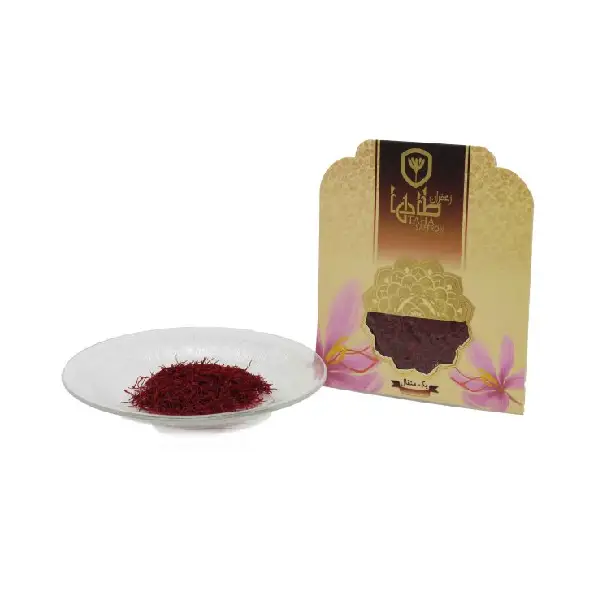
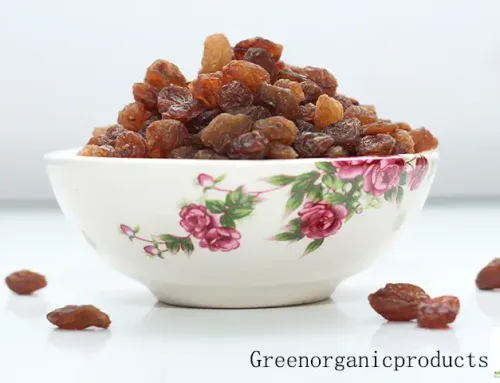

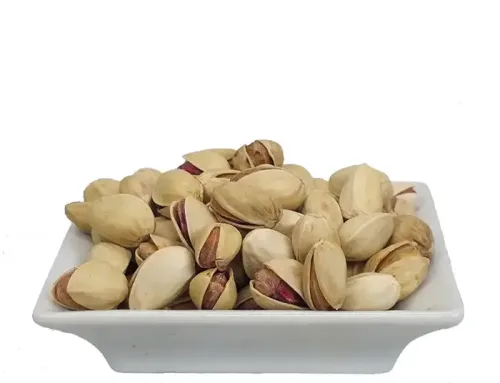
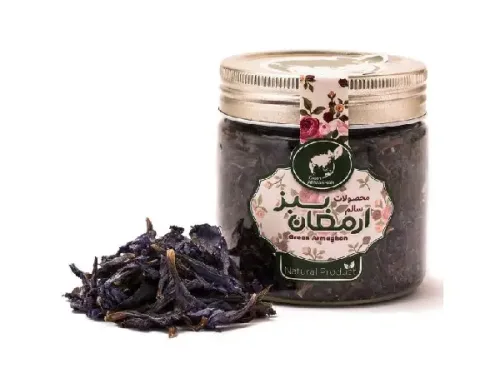
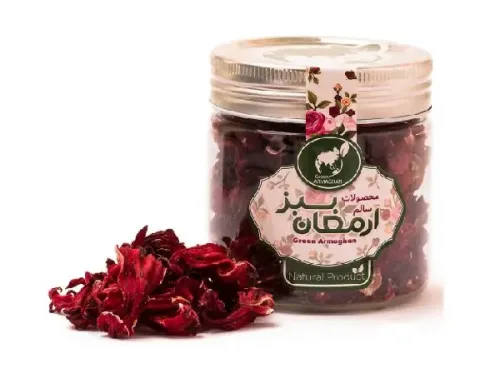
Leave A Comment